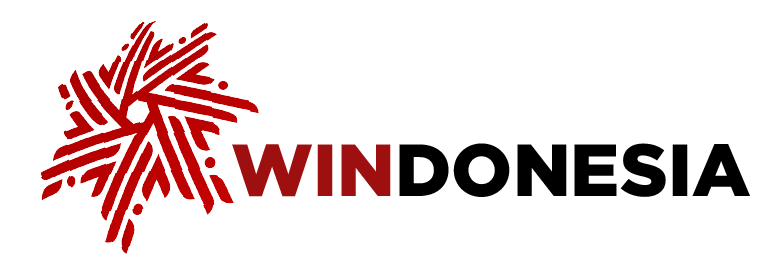Latest News
PT Hutama Karya (HK) has officially signed the contract for the construction of the bridge connecting Kalimantan Island and Laut Island. The project is part of the Indonesian government's efforts to strengthen regional connectivity and accelerate economic growth.
Public Works Ministry Highways Director General Roy Rizali Anwar explained that the signing of the contract and memorandum of understanding (MoU) for the construction of the Kalimantan-Laut Island Bridge marks the beginning of the strategic infrastructure construction phase in South Kalimantan Province.
"The Kalimantan-Laut Island Bridge project is designed as a key infrastructure project that will connect Kalimantan with Laut Island. This infrastructure will be a major land link that complements the existing transportation system in the region," Roy said in an official statement on Dec. 25, 2025.
Construction state-owned enterprise (SOE) PT HK is entrusted with leading the consortium executing the project.
Separately, PT HK Executive Vice President (EVP) and Corporate Secretary Mardiansyah stated that the project has a total bridge length of over 1,000 meters, consisting of a main span of approximately 500 meters with a cable-stayed bridge structure, and approach spans of over 500 meters. During its implementation, the project also utilizes Building Information Modeling (BIM) technology to improve the efficiency of planning and construction control, as well as project safety.
"The signing of this contract is an important milestone for Hutama Karya, a champion in the road and bridge sector, to immediately begin project implementation in a measured and professional manner, prioritizing quality, timeliness, and safety," Mardiansyah stated.
He added that the construction of the Kalimantan-Laut Island Bridge will provide strategic benefits to the local community, from improving transportation mobility and logistics distribution, expanding access to public services, to strengthening economic activity. The presence of this bridge is also expected to encourage the growth of new economic centers and increase the region's investment attractiveness.
"Through this project, Hutama Karya is committed to providing infrastructure that will act as a lever for economic growth, strengthen interregional connectivity, and support equitable national development," concluded Mardiansyah.

